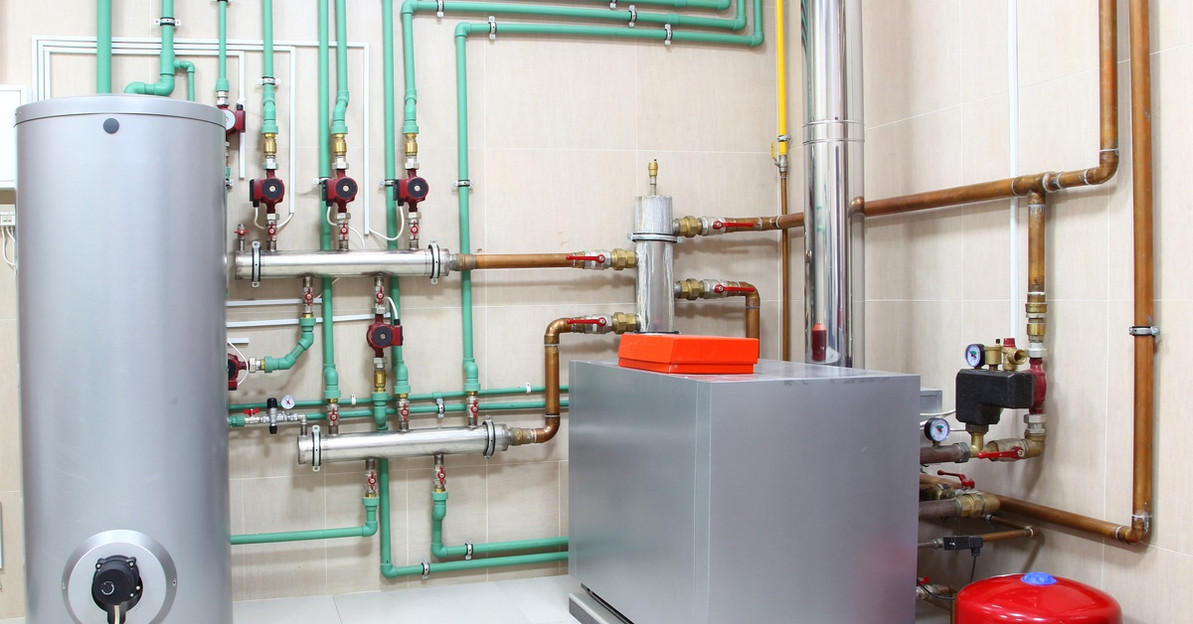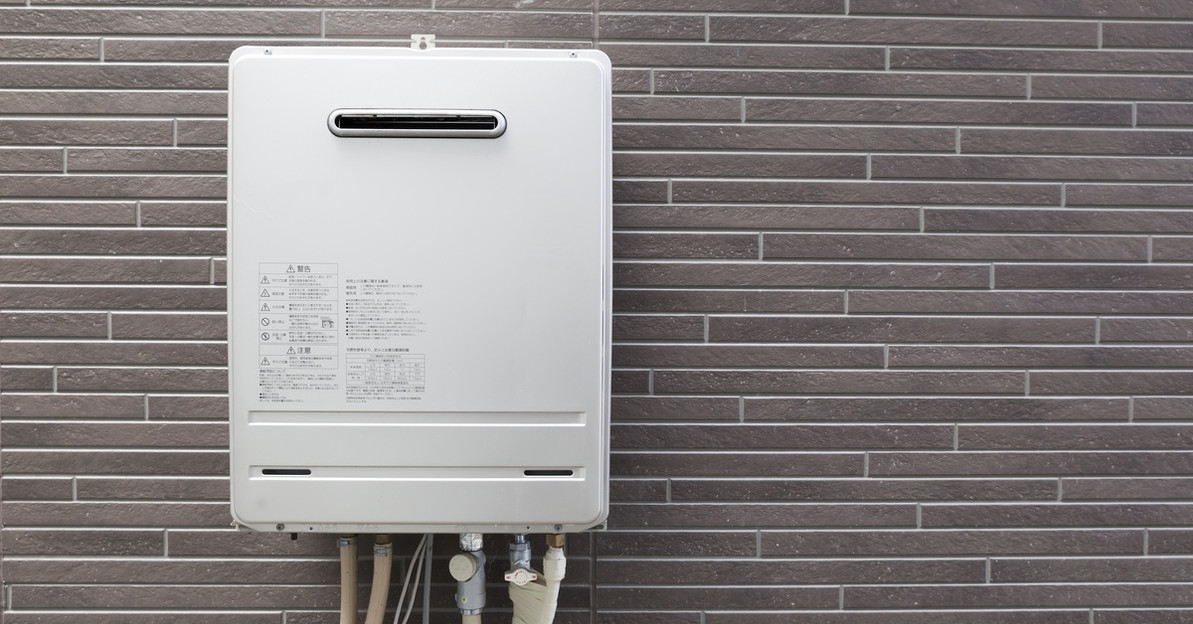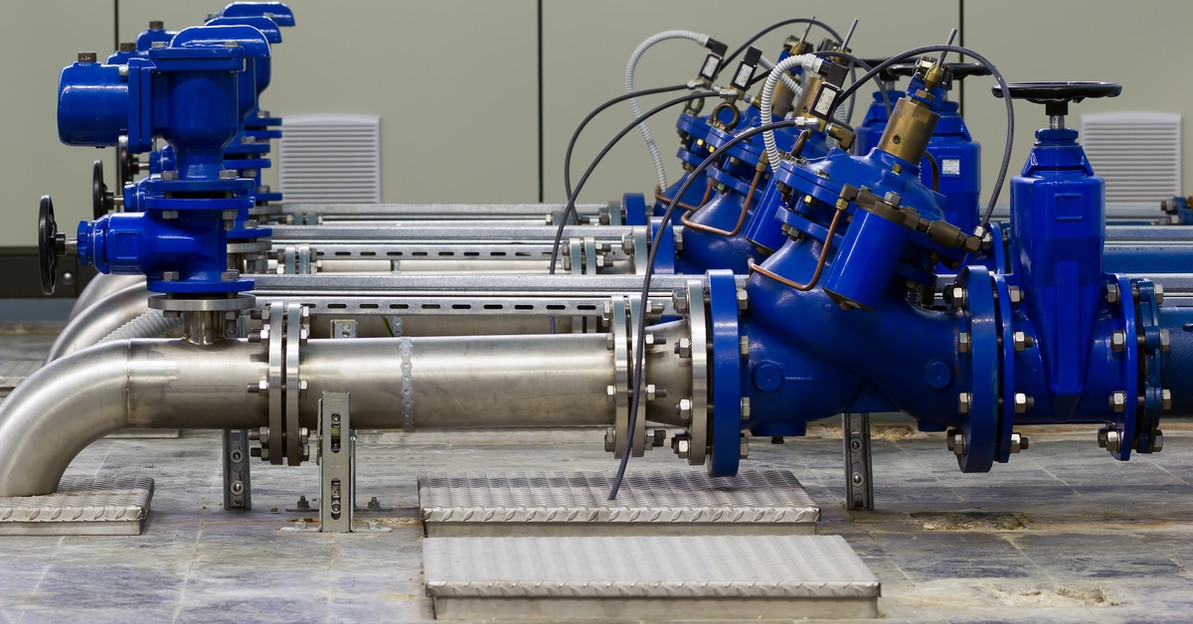A Quick Guide to Pressure Settings for Booster Pumps
Booster pumps play an essential role in maintaining consistent water pressure across different systems. Whether it’s a home needing better shower pressure or an industrial operation that requires a steady flow, these pumps bring solutions to the table.
However, getting the settings right is key to keeping everything running smoothly. This simple guide will walk you through pressure settings for booster pumps, keeping things concise and easy to follow.
What Are Booster Pumps Designed To Do?
Booster pumps are all about solving low-pressure problems. They work by amplifying water pressure and flow rate. These pumps are often paired with pressure tanks or sensors to monitor and adjust output based on the system’s needs.
Without the right settings, pumps can struggle, which leads to inefficiencies or wear and tear. Having clear knowledge of how to establish proper pressure settings allows you to make the most of your booster system.
Key Components Influencing Pressure Settings
Several unique factors control how a Grundfos residential booster pump operates. These include but are not limited to the following components.
Pressure Switches
These switches, as their name implies, react to the system’s pressure. They turn the pump on when pressure drops below a set minimum and turn it off when it reaches the maximum. Common settings might be a cut-in at 30 psi (pounds per square inch) and a cut-out at 50 psi.
Pressure Tanks
This tank stores pressurized water, which helps reduce the on-off cycles of your pump. These tanks often need proper pre-charge settings to match your pump system.
Check Valves
These prevent water from flowing back into your system, which can stabilize overall pressure.
Steps for Setting the Correct Pressure
Adjusting pump pressure settings doesn’t require an engineering degree. With a few tools and a bit of attention, you can fine-tune your system.
Start by Checking Current Pressure
Attach a pressure gauge to the system to measure the existing levels. This tool will help you get an accurate read before making any changes.
Locate the Pressure Control Switch
Most systems include a small box with a spring-loaded switch that allows you to tweak cut-in and cut-out levels. This is where you can make any necessary adjustments.
Adjust the Pressure Range
To increase pressure, adjust the larger spring inside the switch. Turn it clockwise to raise the pressure setting or counterclockwise to lower it. Small increments work best to avoid over-adjusting.
Test Your System
After each adjustment, run water through the system to see how the pressure feels and check levels using the gauge. This real-time feedback helps confirm that the change meets your needs.
Match Tank Pressure to Cut-In Level
If a pressure tank is part of your setup, use an air pump to match the pre-charge pressure with the pump’s cut-in setting. This balance keeps the system consistent.
Wrapping It Up
Setting up proper pressure settings for booster pumps doesn’t have to feel overwhelming. By paying proper attention to its necessary components, you can strike the balance your system needs. A little troubleshooting and testing go a long way in perfecting the flow and pressure for a reliable water supply. When you take small steps and fine-tune with care, your booster pump will become a seamless part of your system.
Recent Posts
-
A Guide to Implementing Indirect Water Heating With Boilers
Choosing the right water heating method for your home or business significantly impacts energy effic …Dec 9th 2025 -
How Tankless Water Heaters Can Benefit Commercial Kitchens
A commercial kitchen operates at a fast pace and maintains very high performance standards. Every pi …Dec 3rd 2025 -
Noise Reduction Strategies for Urban Booster Pump Installs
In densely populated urban areas, every sound matters. The constant hum of traffic, construction, an …Dec 2nd 2025





